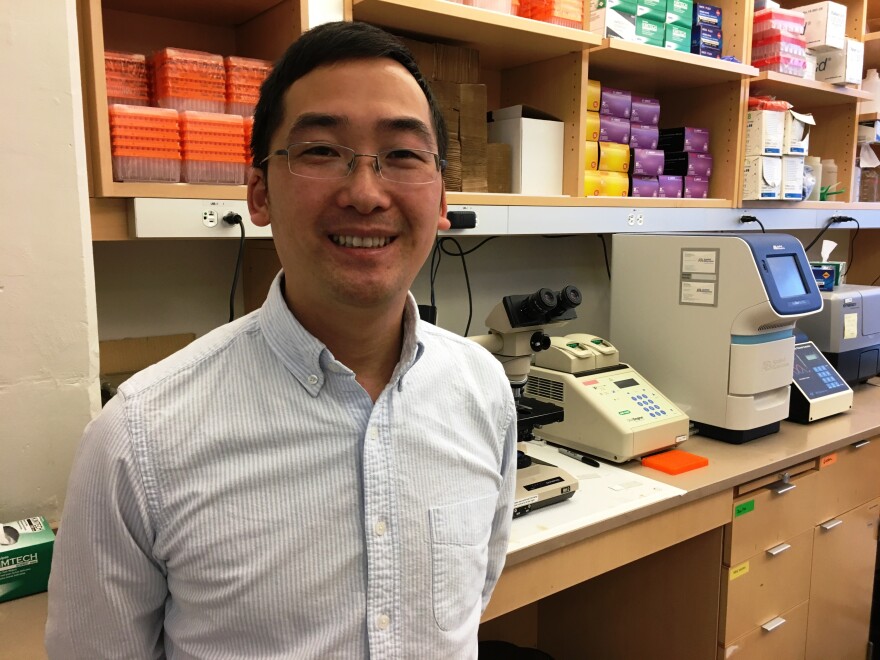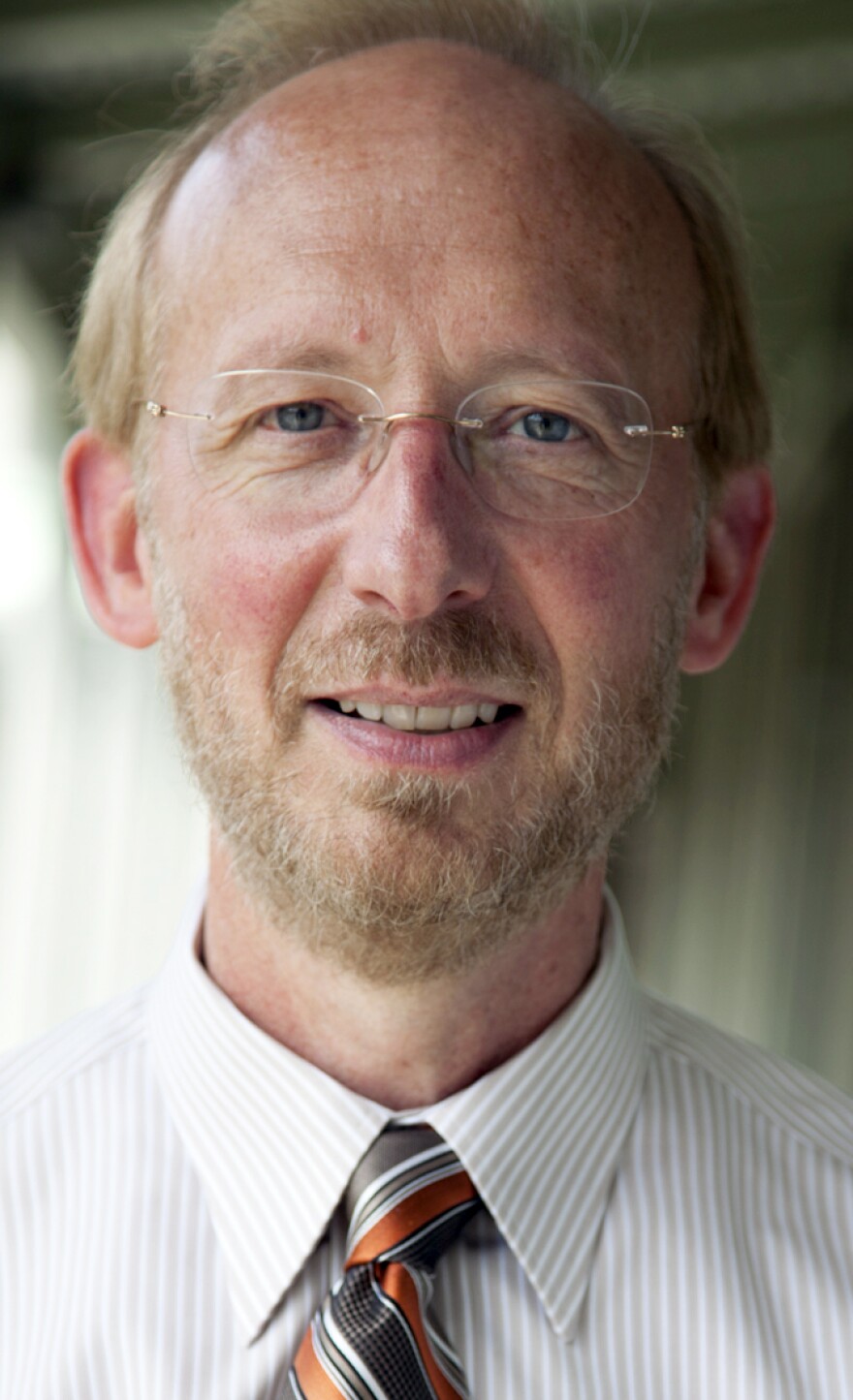Researchers in Cleveland have made a major breakthrough in our understanding of how a devastating disease cripples even the strongest among us.
In this week’s Exploradio, WKSU’s Jeff St.Clair looks at advances in treating the currently incurable ALS.
It’s one of the most famous farewells in sports history.
On July 4, 1939, the Iron Horse, Lou Gehrig told a sold-out crowd at Yankee Stadium that after playing 2,130 consecutive games, he was calling it quits, a career shortened by a disease that has since carried his name.
"I consider myself the luckiest guy in the world..." Lou Gehrig
Amyotrophic lateral sclerosis or Lou Gehrig’s disease gradually disables it victim by killing off motor neurons.
Lou Gehrig died two years after his diagnosis, but others with ALS, like physicist Stephen Hawking, can live for decades.
It’s the most common neurological disease. Nearly 30,000 Americans have the fatal form. There is no treatment, let alone a cure. And very little is known about what causes it.
But researchers are making headway.
Problems With The Powerhouse
Xinglong Wang at Case Western Reserve University in Cleveland shows me an image of a highly magnified neuron from the brain of a patient with ALS.

He points to dots filling a tiny structure, "a very small structure, around 1 micrometer,” but crucial to life; the mitochondrion is the powerhouse of the cell.
The dots are clumps of a protein called TDP-43.
In healthy cells, it's confined to the nucleus, but in ALS patients it spills out into the cell body.
Wang is the first to discover that the TDP-43 accumulates in the mitochondria in diseased neurons.
“You see this protein inside the mitochondria, it has never been reported or found by any other group.”
The protein mucks up the mitochondria, which Wang thinks could be causing the disease.
As further proof, when Wang used a specially designed chemical to block the protein from getting into the mitochondria, mice with ALS got better.
“The amazing thing is that after one month treatment, all the behavior deficits are completely reversed, including the motor dysfunction.”
Wang is working to find a drug that will do the same thing in humans.
Meanwhile, his discovery is making waves in the research community.
Cautious Optimism
Don Cleveland at the University of California San Diego is working on a therapy that blocks expression of one the genes that causes ALS.

"If Wang is right, " says Cleveland, "and his evidence supports that case, he will definitely have opened a new direction.”
“But whether it’s really the mitochondrial damage that’s crucial in disease remains possible, maybe even likely with the Wang finding, but not quite established,” says Cleveland.
The fact is, no one knows yet what's the ultimate cause of ALS.
But that might not matter, according to Gregory Petsko at the Weill Cornell School of Medicine in New York.
Treatment Can't Wait
Petsko says a combination of genetic and environmental factors contribute to ALS.
Men, for example, are much more likely to get ALS than women, he says, and head trauma, like concussions, are a major risk factor.
Some people believe that’s what led to Lou Gehrig getting the disease.
But Petsko says we don’t need to know everything about ALS in order to treat it.
“There could be a lot of unresolved questions and we could still have a therapy.”
Petsko is planning a clinical trial this year to test a type of gene therapy that alters the production of proteins like TDP-43.

Even slowing down the progression of the disease would be a big step forward, says Petsko.
He says the fact that ALS only attacks motor neurons and generally leaves other parts of the central nervous system intact makes it easier to measure progress than in treating other neurological diseases like Alzheimer’s, Parkinson’s, and Huntington's.
“That’s one of the reasons I think ALS could be the first one these diseases to really crack.”
Some credit for progress could go to an Internet phenomenon a couple years back.
The Ice Bucket Challenge
Remember this…
“I’ve been called out by everybody for the ALS ice bucket challenge, I guess they want to see whether or not it’s my real hair, which it is…”
Now President Donald Trump was among the 1.2 million people who posted videos of them being doused with ice water.
Lucie Bruijn, chief scientist with the ALS Association, says the $42 million raised by the challenge, "catalyzed an unbelievable amount of energy.”
She says new gene therapies and drugs coming on-line mark the first steps in treating ALS.
“I think that’s extremely hopeful and within the next few years we’re going to see those come to fruition.”
A disease that since the time of Lou Gerhig has resisted giving up its secrets may soon be showing some cracks.







